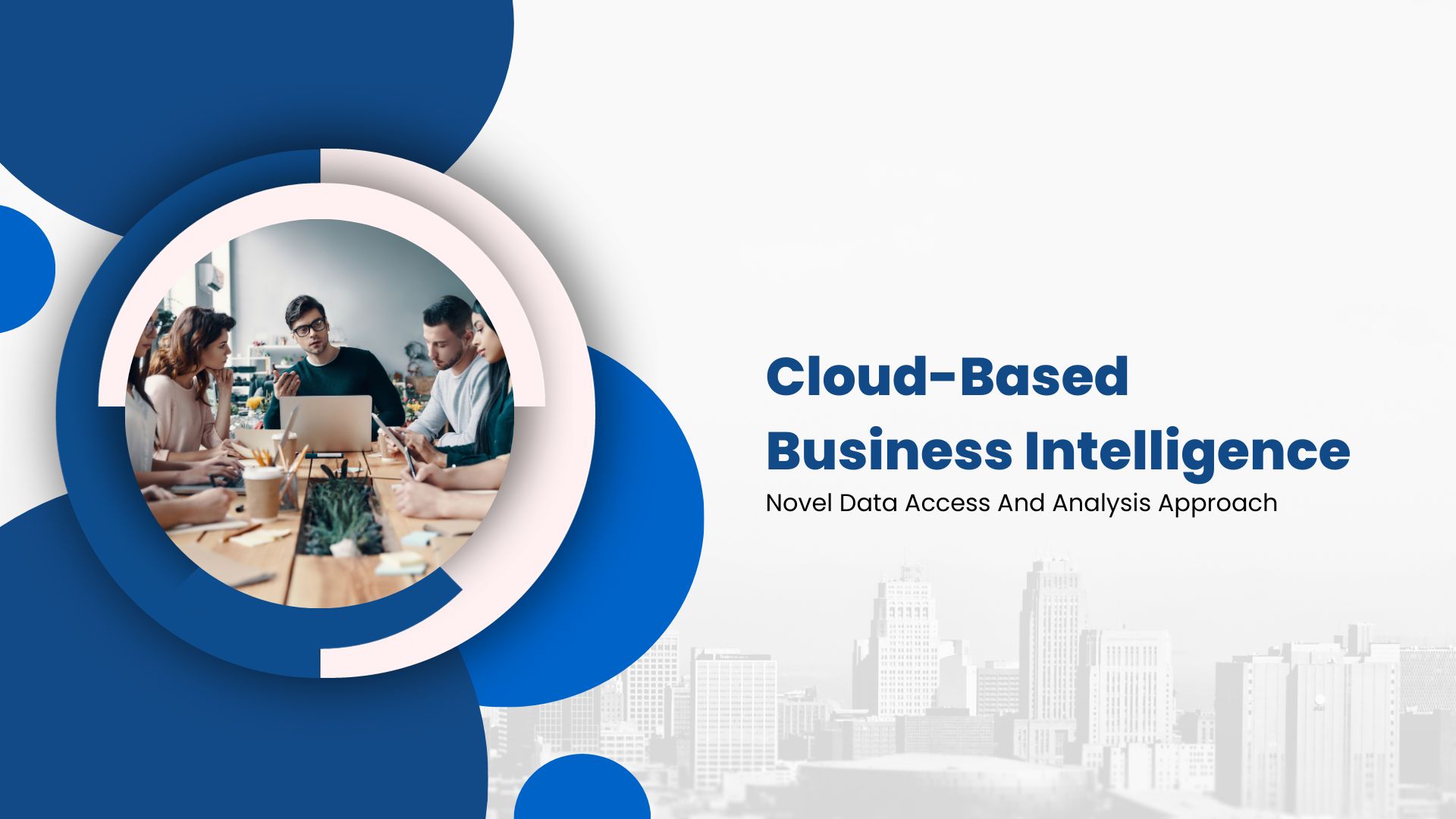Business Intelligence 102: It’s Come a Long Way, Baby
Page Contents
In my last article, I took a look at the basics of business intelligence: its purpose (giving the business on an ongoing basis its current state, e.g., sales, profits and losses), its typical architecture (data warehouse plus supporting software and hardware), its tasks (reporting and analytics) and its newer skills (e.g., Big Data and cloud BI).
In this article, I will dig a little deeper into some of these topics to round out the business intelligence picture.
Customer of One
An early insight of business intelligence was that it could allow businesses to cost effectively segment markets instead of treating customers and prospects as one-size-fits-all. Data mining, analytics, social media data analysis and ad-hoc query support — they all aim to produce, and frequently do produce, new ways to more finely segment the market and more accurately describe the customer, even to the point of customizing the sales process and solutions delivered to each individual customer. Hence the frequently used term for the goal of customer BI: serving the “customer of one.”
In the process of attempting to reach that goal, BI users have found several technologies help customer-of-one-focused BI deliver key strategic insights.
Existing company data, even when filtered by ETL tools, was often “dirty” — entered inaccurately, not linked correctly to related data, or inconsistent between various data marts. Typical solutions for the dirty data problem include master data management, which makes an effort to give each customer one accurate “master record”; global metadata repositories, which establish basic links between customer and other company data across the business; and data governance, which enforces standards for data quality.
Surveys done several years ago showed that most business people mistrusted BI-supplied information because of dirty-data-fueled incorrect conclusions. Over the past few years, these technologies have helped to allay that mistrust at many large companies.
In addition, in-house data is often a poor way to understand a customer’s motivations, complaints and satisfaction. Big Data’s new emphasis on data from social media, GPS and the cloud to supplement in-house data allows business intelligence to tailor its efforts using a more finely-drawn picture of each customer's similarities and differences, via such new statistical techniques as network analysis.
Agile BI and Data Science
The very success of business intelligence and analytics has led to greater reliance on information from ever-fresher data. To handle many of the challenges of providing insights fast when customers themselves are changing, BI has turned primarily to two approaches: agile BI, and the creation and empowerment of data scientists.
Unlike data miners, data scientists are first and foremost business-oriented — but they have the statistical and querying skills to take advantage of existing business intelligence. Moreover, they do not always passively wait for the business to demand information before springing into action, as the data miner used to do; they actively seek to dig ever deeper and probe more widely for new insights.
To support data scientists, or to create new business intelligence systems that generate insights rapidly on the cloud, businesses can turn to so-called agile BI. It has some similarities with agile development, including a reliance on the Scrum methodology and short turnaround times. Its main focus, however, is not software development in general, but querying software for a particular business intelligence system for a particular business.
BI Dashboards and Performance Management
My final “deeper dive” is the way that BI applies to enterprise processes in general. A key area of activity is what used to be called planning and budgeting, now applied on a quarterly, monthly or even weekly basis to reported business results. Business intelligence applied “on the fly” allows insights under the heading of business performance management that enable significant changes in the business plan and allocation of funds shortly after monthly results indicate the need for fine tuning.
At the level of the CEO, the CFO and the CMO, this rapid analysis of data generated by the planning-budgeting-execution cycle has meant the realization of a long-sought business goal: dashboards that tell the decision-maker what’s going on with regard to critical success factors or key metrics. The new version of business intelligence dashboards emphasizes data that crosses departments, functions and/or projects, and is therefore usable as a complement to BI divided along traditional lines.
Moreover, dashboards now can take advantage of another technology that is coming of age: streaming databases that analyze data as it arrives from outside, flows between departments, or is input but has not yet arrived in the data warehouse. Streaming technology, in turn, generates alerts that can override the typical dashboard information in favor of information that requires immediate action.
Where Business Intelligence Is Going
As noted, Business Intelligence 101 covered the basics of BI, while BI 102 has covered some of the recent developments that are fueling today’s greater importance of BI. Then there are the frontiers of business intelligence: open-source BI, data discovery, BI-based agile marketing, and “BI for the masses.” These are areas in which the savvy implementer of business intelligence will find differentiation from his or her peers in other companies.
We’ll leave all that for BI 103.
Wayne Kernochan is the president of Infostructure Associates, an affiliate of Valley View Ventures that aims to identify ways for businesses to leverage information for innovation and competitive advantage. An IT industry analyst for 22 years, he has focused on analytics, databases, development tools and middleware, and ways to measure their effectiveness, such as TCO, ROI and agility measures. He has worked for respected firms such as Yankee Group, Aberdeen Group and Illuminata, and has helped craft marketing strategies based on competitive intelligence for vendors ranging from Progress Software to IBM.

Wayne Kernochan has been an IT industry analyst and auther for over 15 years. He has been focusing on the most important information-related technologies as well as ways to measure their effectiveness over that period. He also has extensive research on the SMB, Big Data, BI, databases, development tools and data virtualization solutions. Wayne is a regular speaker at webinars and is a writer for many publications.



